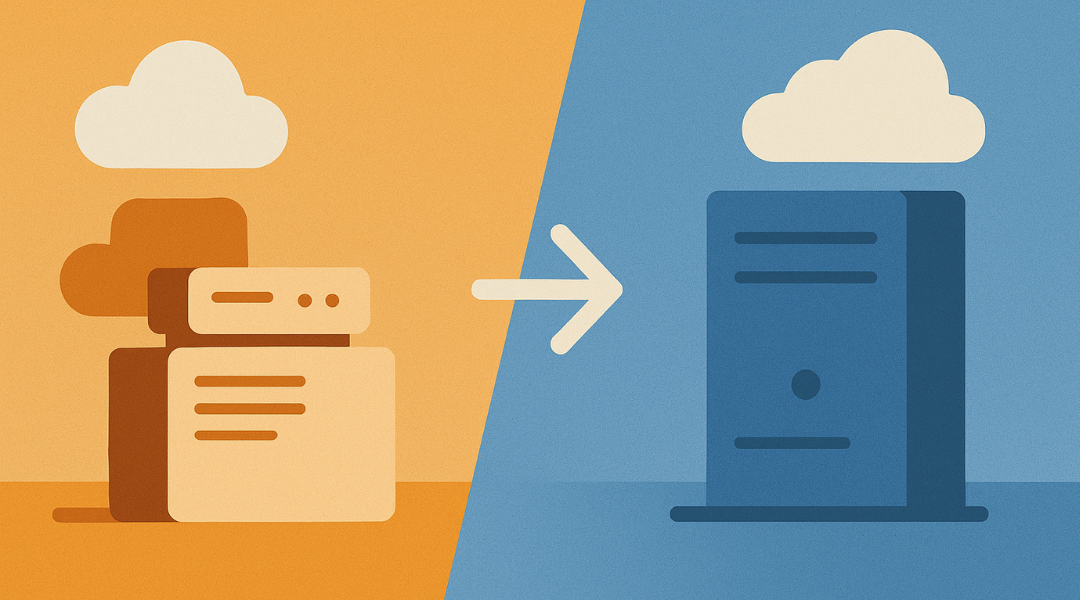
The hullaballoo around Broadcom’s acquisition of VMware and their…well…different vision for the software giant isn’t new, but it’s not going away. From threats of audits to customers with old licensing models to mind-bending price increases, the news ticker just keeps rolling.
Some of you may not have given much thought to what VMware actually did and why you even needed it until you started seeing the bills go up. There are rumors that VMware will begin collapsing its licensing options even further, and with their stated direction of targeting only top enterprises, our tea-leaf-reading efforts tell us that small businesses are going to be left in the dust.
I’m a Small Business, What Do I Do?
If you are currently running VMware and want to plan ahead to avoid future sticker shock either due to increases in price or a required license level change, there are several options for you, depending on what you’re using VMware for.
Switch to Hyper-V
Microsoft’s Windows Server comes with a mostly comparable program called Hyper-V that does what VMware vSphere does in virtualizing your server. The upside here is that Hyper-V is included with your Windows Server licensing (which you should, incidentally, already have anyway). The downside is that you’ll need help converting your environment to this program, validating that all your apps and backups work with it, and making sure you have someone ready to help you adjust to the differences in management and maintenance.
Switch to Another Hypervisor or Hyperscaler
There are other players in the space, too: Proxmox, Citrix, Nutanix…depending on your needs, your IT provider can offer pointers if something outside of VMware or Microsoft makes more sense for you.
The same considerations exist here as above – make sure your programs are compatible and your support team is ready to adjust to a totally new environment.
Ditch the Server and Move to the Cloud
Small businesses in particular – depending on the application – are increasingly able to adopt Software-as-a-Service (SaaS) subscriptions to replace their on-server programs, like Quickbooks Online or NetSuite.
Not every program has a comparable SaaS version with full features. But maybe that application can live in Azure or AWS and you get rid of your server hardware altogether.
The upside of collapsing your on-premises hardware is that you reduce maintenance costs, you don’t have to plan for a replacement unit, and it isn’t using your electricity. However, adjusting your workloads to a cloud environment and migrating your data is not an easy feat and requires careful planning and execution.
Stick It Out with VMware and See What Happens
Largely, Broadcom has been making good on its promise to do more business with less companies through collapsing their available licensing levels and hiking prices. And while we expect to see more of this, we and other industry pundits are only guessing. You could sign that three-year renewal and hold on to buy yourself more time to see how this plays out. We’ll be there right beside you.